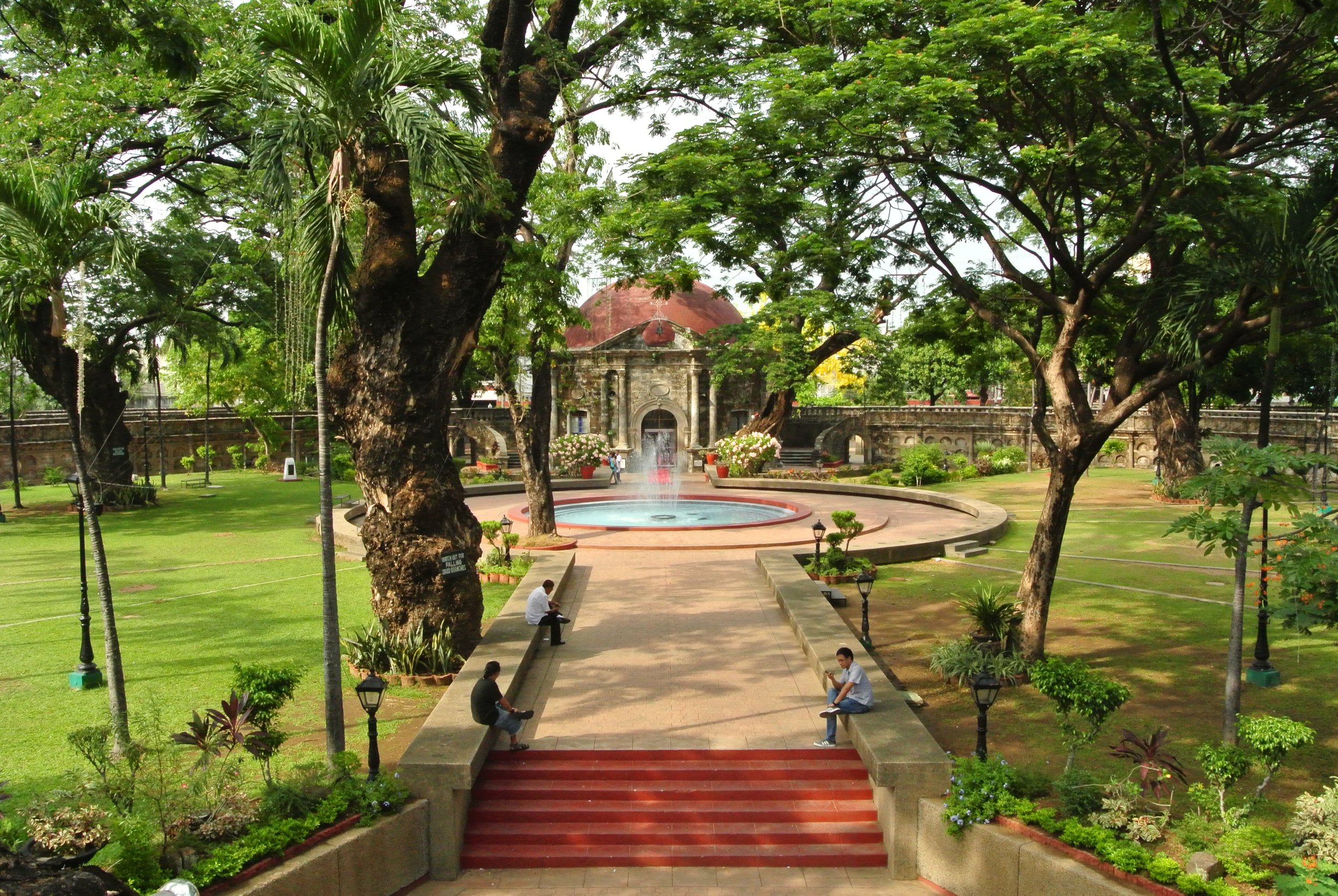Paco, Manila – Call It By Its Name
/DILAO, Urban and Cultural History of Paco, by Gerard Lico and Lorelei DC De Viana (NCCA, 2017), 133 pages
Two conjectures for why it was named “Dilao”: either from the color of the turmeric (luyang dilaw) which flourished there, or after the Japanese (the “yellow” people) who settled there after fleeing their home country. Among them was a samurai as well as Japanese nuns who were the only non-Spaniards allowed to enter the convents then. It is tempting to think that the capiz screen windows so thought to be typical of Filipino bahay na bato (Spanish-style houses) could have been influenced by these Japanese migrants from the 17th century.
In any case, the name Paco superseded that of Dilao, after the Franciscan missionaries who administered the area, Paco being a nickname for Francisco. There is no reference in the book to the words, pako, meaning nail, or the green edible fiddlehead fern still used today for salads. Among the craftsmen who lived and worked in Paco was Juan Arzeo, one of the recognized painters of the 19th century.
Ancient are the place names that survive in Paco—“Looban” (the interior); Ulilang Kawayan (lone bamboo); Sitio de Tanque; Balete; and Penafrancia.
Paco is also famously the site of the circular cemetery built in 1820 during a cholera epidemic and, in 1896, the place where the body of Dr. Jose Rizal was hastily and secretly interred after his execution.
Other grand buildings and institutions were located in Paco as well: La Concordia, a school for women endowed by Dona Margarita Roxas de Ayala; El Asilo de San Vicente de Paul (for orphans and wards who learned household arts including fine embroidery. Notably, the mother of Imelda Marcos was chosen from among the ranks of the young women to be the second wife of Imelda’s father when he was widowed); the Paco Train Station; Paco Catholic School (the largest parochial school in the world); a Gabaldon School house; fine Art Deco buildings, such as the Bellevue theatre (on the cover of the book); the Pako Building; the Villaroman building; and the Paco Public Market.
Paco Station
Paco Park Cemetery (Source: Wikipedia/Angelyn Marquez)
Paco Public Market (Source: Library of Congress)
Tucked into many little corners are the gracious residences of elite families such as the Consings, LaOs and the Yulos, who have resisted the exodus to Makati. The former residence of President Jose P. Laurel on Penafrancia (bought from a Spanish grandee and surviving miraculously into the 21st century) testifies to the cachet of that street in pre-war times. Various religions and sects are represented in the Indian Sikh temple, Chinese Buddhist shrines, the Iglesia ni Cristo church and the Philippine Independent (Aglipayan) Church.
Paco also housed various industrial sites—the Manila Gas Plant; the ESCO Shoe Factory and the Coca-Cola Bottling Plant. These have been replaced by condominiums and shopping malls on what used to be Otis Street (now Paz Mendoza Guazon). Unilever Philippines still maintains a manufacturing facility off United Nations Avenue (formerly Isaac Peral). Not mentioned in the book near the former Manila Gas Plant is a restaurant run by nuns, L’Eau Vive, which surely deserves a prize for longevity.
The jewel in the crown is surely the Paco Catholic Church, which rose phoenix-like from the ashes each time after destruction during the British invasion of 1762, the Filipino American War and the Second World War. Its last resurrection was due to the intervention of the CICM (Congregati Immaculati Cordi Mariae) Belgian priests and nuns, who commissioned a French architect, Marion Karolchuk, to construct the 1933 Church, also later damaged during WWII and then reconstructed once more. Among his other achievements were Mansion House in Baguio and Christ the King Seminary in Quezon City.
Paco Catholic Church (Source: Wikipedia)
In the early 2000s, the late Gina Lopez undertook a heritage revival move to clean up the Paco estuary (estero) and the rehabilitation of the Paco Market, with the support of the Armed Forces of the Philippines. One hopes that efforts at preserving heritage will acquire more momentum.
Architects Gerard Lico and Lorelei DC de Viana, working under the auspices of the National Commission on Culture and Arts, have come up with a classic tome, which should be disseminated among heritage supporters as well as the many schools and institutions that make Paco both vibrant and unique.
Clearly, Paco is a heritage district waiting to be re-discovered and fully protected in accordance with our laws.
A career diplomat of 35 years, Ambassador Virgilio A. Reyes, Jr. served as Philippine Ambassador to South Africa (2003-2009) and Italy (2011-2014), his last posting before he retired. He is now engaged in writing, traveling and is dedicated to cultural heritage projects.
More articles by Ambassador Virgilio Reyes, Jr.








